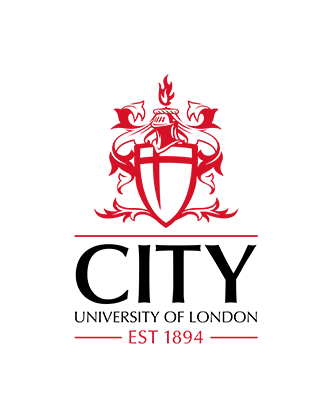Application of computer vision and artificial intelligence techniques on histological and microscopical data
Arafat, Y. (2025). Application of computer vision and artificial intelligence techniques on histological and microscopical data. (Unpublished Doctoral thesis, City St George's, University of London)
Abstract
The morphological characteristics of the extracellular matrix play an important role in the progression of cancer and other health conditions. Yet, the extracellular matrix has been widely understudied in comparison to other factors such as vasculature, macrophages and
soluble factors. This could be due to its complex three dimensional network that is composed of elements such as collagen, fibronectin and enzymes. Investigating these elements could yield valuable insights. This thesis investigates the nature of tissue and biological samples through the tracing of fibre-like structures of the extracellular matrix. To delineate, quantify and analyse fibres of the extracellular matrix, a novel tracing algorithm, Trace Ridges is presented.
Trace Ridges combines the methods of Watershed to detect ridges and Edge Detection to break any minor ridges that are running down from a main ridge towards the basins. The Watershed and Edge Detection methods are combined with morphological selection of
length and brightness to favour brighter and longer ridges.
To compare Trace Ridges with state-of-the-art methods, an objective comparison is presented. Trace Ridges is compared to Edge Detection, CT Fire, Scale Space, Twombli, Graph Based and U-Net across 4 biological images of different backgrounds with three filtering options: no filtering, Gaussian filtering and DnCnn filtering. Accuracy is measured using distance error metrics that compare the fibre-like structures traced with the algorithms against a manually delineated ground truth. Trace Ridges outperforms all other algorithms by achieving the lowest total distance errors, and achieving the second lowest average distance error after Edge Detection, which has an affinity to over-segment and it is never far from the ground truth. In terms of speed, Trace Ridges was the second fastest algorithm
and was four times faster than the next quickest method. Thus, Trace Ridges proved to be a fast, automatic and robust algorithm for tracing of fibre-like structures.
Trace Ridges was tested in several experimental settings. Firstly, it was used to analyse and quantify fibronectin fibres of mutant and wild-type populations. Morphological properties of the populations were extracted and compared, indicating that the number of fibres and average gap size were different between the populations. Secondly, Trace Ridges was used to investigate whether the accumulation of collagen leads to cytoskeletal remodelling and was reflected in the morphological properties. The samples compared were: (a) increasing
concentrations of collagen, (b) control and protease inhibited collagen fibres, and (c) control and collagen fibres exhibiting Marangoni Flow. The results of the second experiment contributed to understanding the mechanism through which more aggressive tumours spread and metastasise. Thirdly, Trace Ridges was used to trace collagen fibres of normal
and tumour breast tissues observed with Tissue Micro-Arrays. It was observed that the two
populations express significant morphological differences.
| Publication Type: | Thesis (Doctoral) |
|---|---|
| Subjects: | Q Science > QA Mathematics > QA75 Electronic computers. Computer science Q Science > QM Human anatomy |
| Departments: | School of Science & Technology > Department of Computer Science School of Science & Technology > School of Science & Technology Doctoral Theses Doctoral Theses |
Download (375MB) | Preview
Export
Downloads
Downloads per month over past year


 Metadata
Metadata Metadata
Metadata